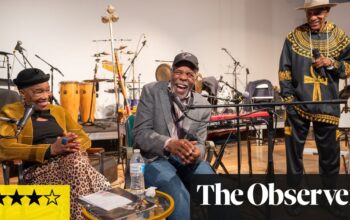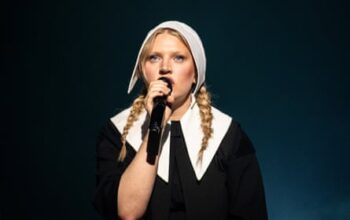N
In the 1990s, New York City was characterized by imbalance, rawness, and a lack of clarity. As artists, musicians, punks, and underground residents, we resided in neighborhoods that were mostly left to govern themselves by the police, operating outside of mainstream society’s notice and forging our existence in the city’s foundation with our own determination. Well before the constant feedback of social media, our imaginative concepts simmered in a melting pot of diversity and stimulation until they burst forth.
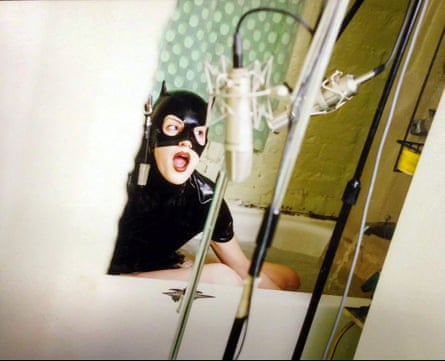
We would connect power cords from the bottom of streetlights to provide electricity for speakers and amplifiers, performing concerts in abandoned structures. We also modeled for independent fashion designers in renovated synagogues and vacant churches, remnants of the previous immigrant communities in the Lower East Side and Alphabet City, who had made their impact and contributed to the local culture.
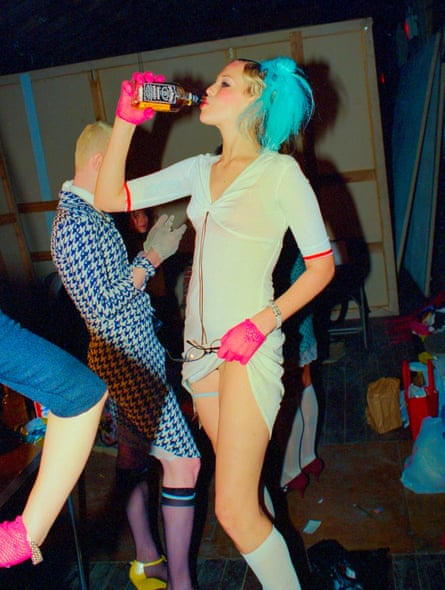
Display the image in full-screen mode.
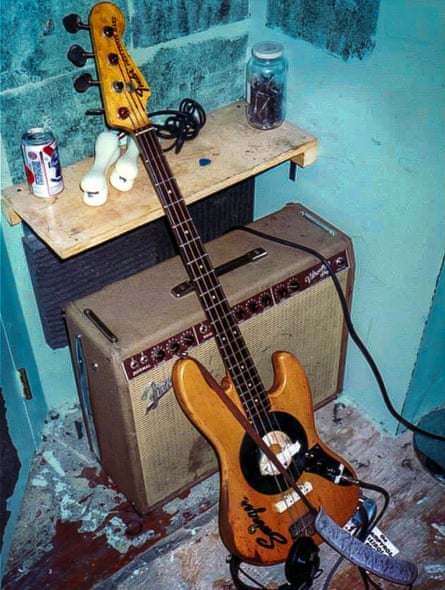
The heart of Manhattan was the place where my group of friends would gather in a compact area. People with artistic talents from various locations would come through these streets, either in pursuit of their aspirations or forced to leave their small towns for being unique. Established figures, up-and-coming talents, and struggling artists would socialize, collaborate, share kisses, and make their way back to their homes at sunrise, often passing through Tompkins Square Park.

Display the image in full screen mode.
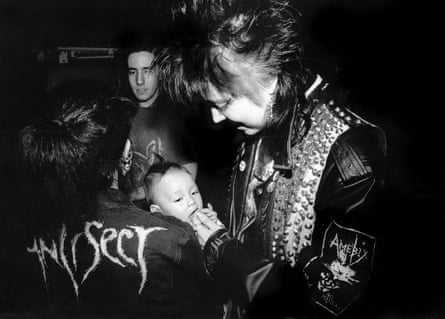
Verta-Ray’s apartment on Ridge Street is where he built the studio that launched the torrid career of my band, Speedball Baby. Passing through were James Chance, Kid Congo Powers, the Jon Spencer Blues Explosion, Eugene Hütz, Mick Collins and acres of others whose raison d’être was to create, create, create. No permission asked, nor granted. The clean, controlling, corporate world stayed far away from downtown’s gritty streets.
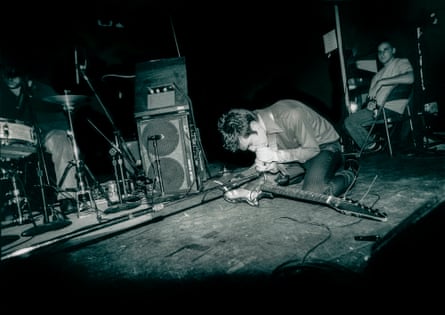
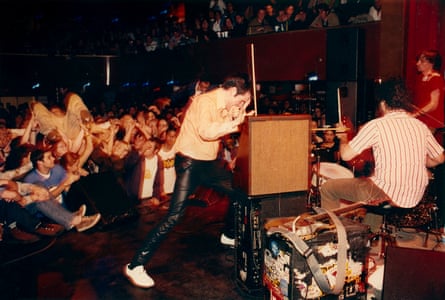
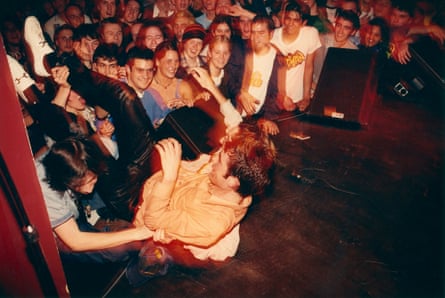
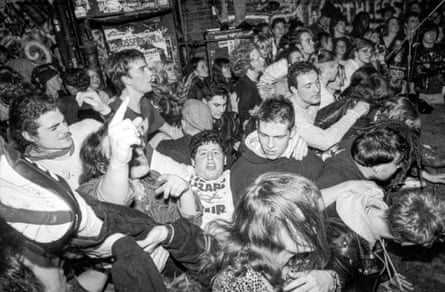
I unfortunately had my camera lenses damaged in the chaotic mosh pit at CBGBs. To make matters worse, I accidentally spilled a whole 40oz (two pints) beer onto my only camera body, making it sticky and not fully functional. Despite this setback, I continued to use it as I couldn’t afford a replacement.
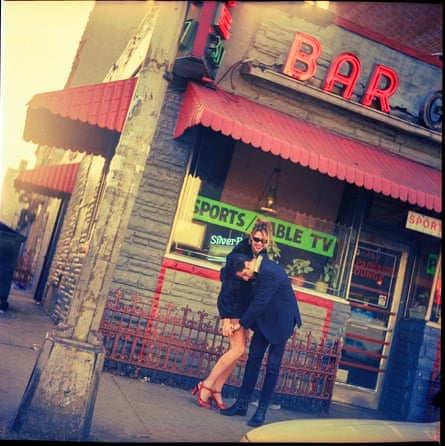
See the image in full screen.
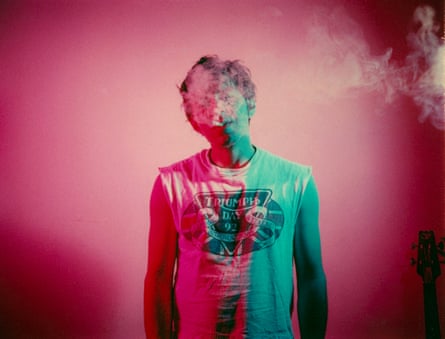
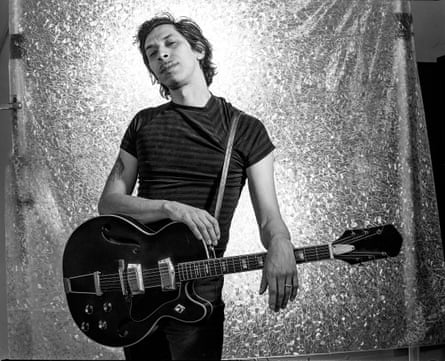
Display the image in full screen mode.
I navigated between two roles: at times, I was the observer with a camera, and at other times, I was the subject – the sole woman on stage, in the van, at the police station – enduring the backlash from society towards women who defy expectations.
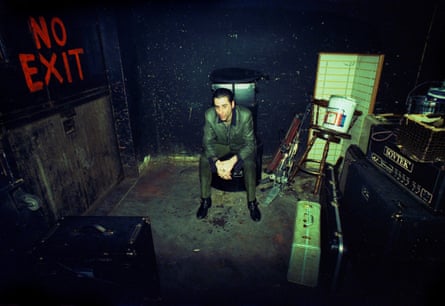
Display the image in full screen mode.
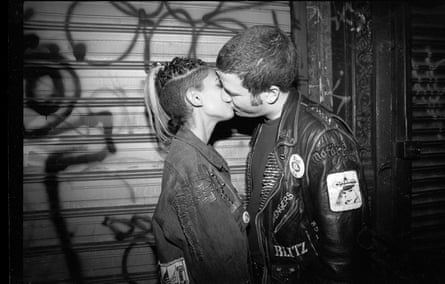
Contrary to the narrative presented in music history, there were more than just a few significant female artists. Without the determination of those who took hold of the microphone, guitar, or drums when they were not readily available, we would not have the bold and unapologetic voices that dominate the scene today. The likes of Karen O. and Billie Eilish stand as examples, but the lineage stretches back to the pioneering women who paved the way for us.
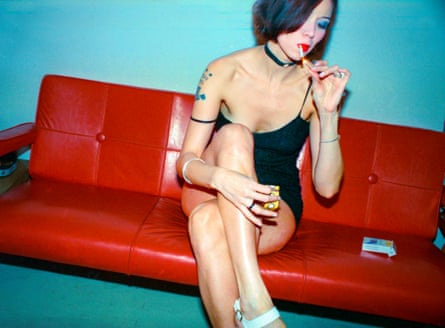
As I reflect on the past and my experiences through my memoir, The Ballad of Speedball Baby, I have carefully selected words to capture the essence of the city (which, unfortunately, did not have a pleasant scent) and to convey the feeling of being part of an underground movement. While it was a difficult journey, being a part of this movement gave purpose to my life, as well as others who were involved.
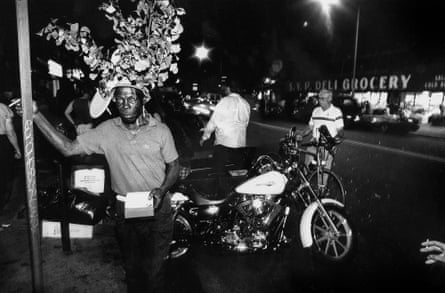
Display image in full screen mode.

See the full image.
Ali Smith’s memoir, “The Ballad of Speedball Baby,” is now available.
Source: theguardian.com
